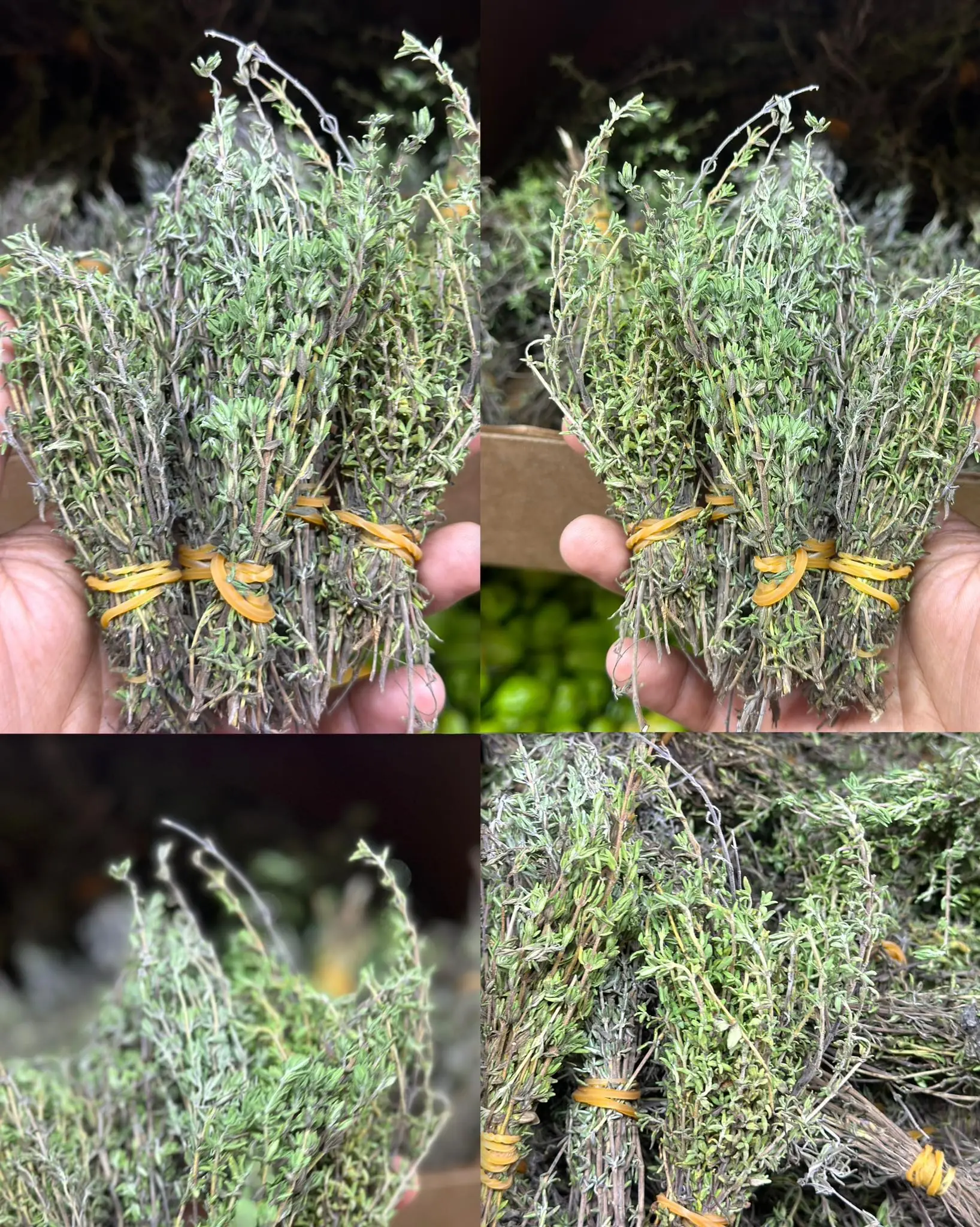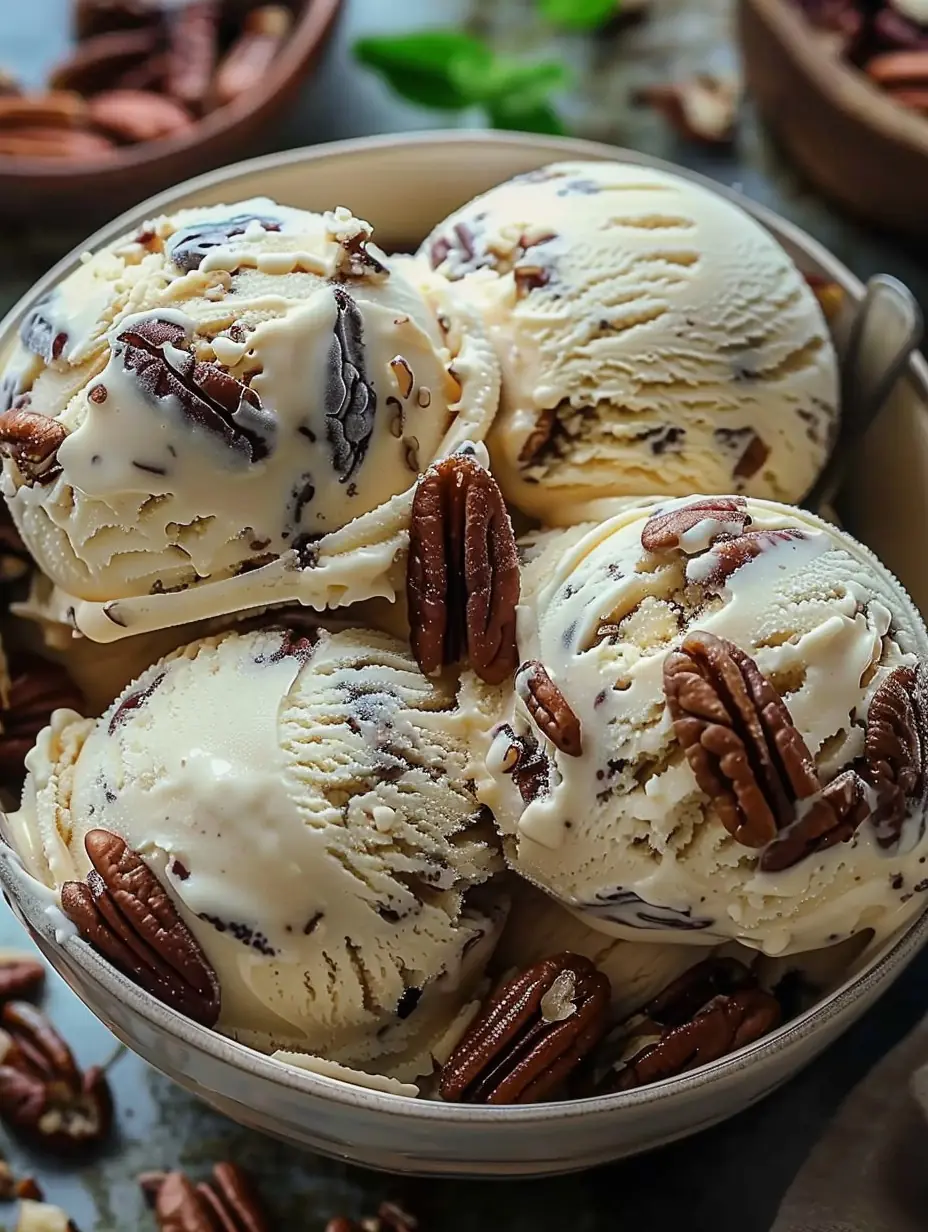
Food Pairings That Make or Break Your Meals: 25 Combinations You Should Know
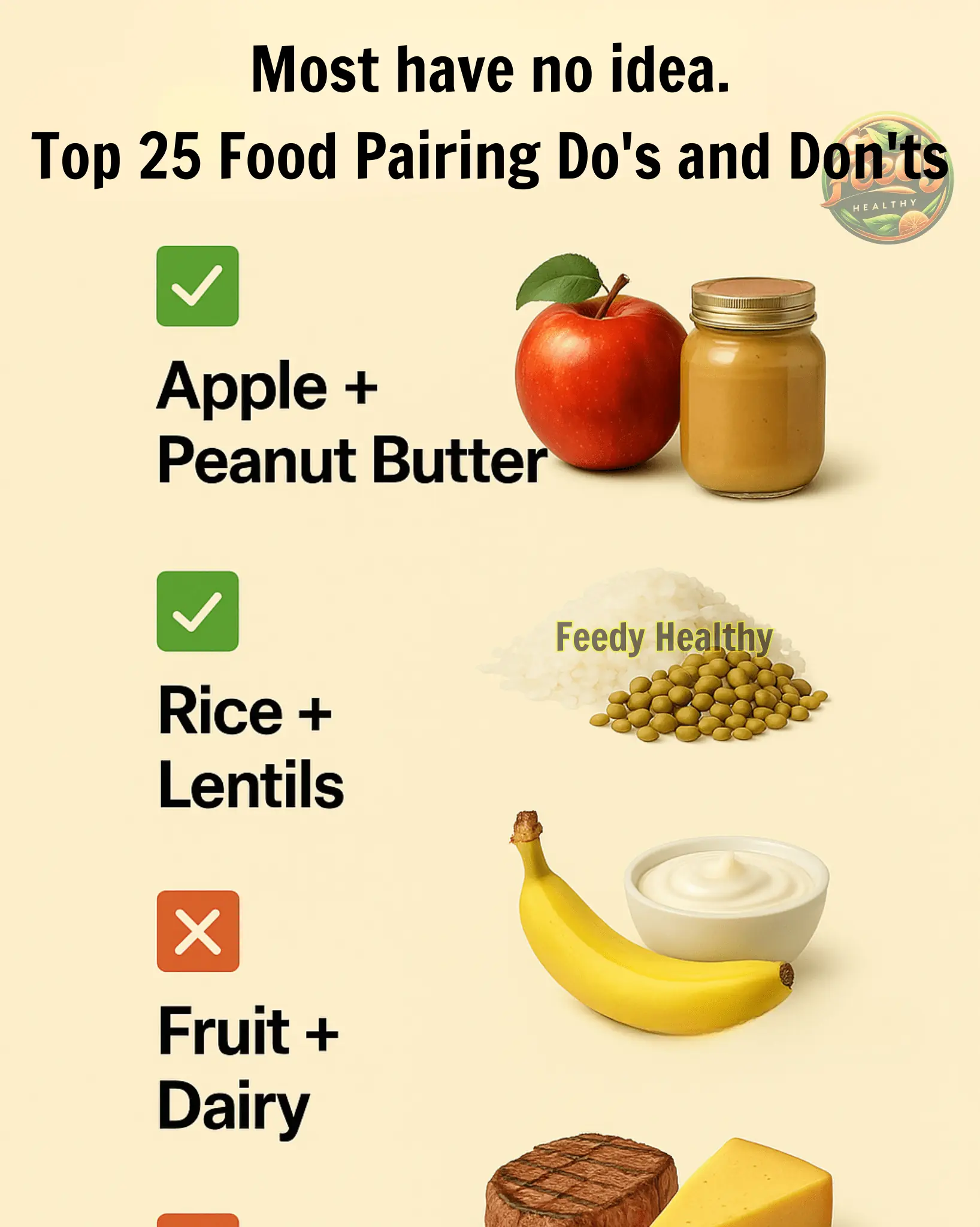
Food pairings are a vital part of culinary arts, capable of transforming a simple meal into a flavorful experience. While some combinations come naturally to us, others might surprise you with how well—or poorly—they work together. Understanding the science behind these pairings can not only enhance taste but also improve digestion and nutrient absorption. Below, we explore 25 key pairings—what works, what doesn’t, and why.
🔬 The Science Behind Food Pairings
Every food contains flavor compounds and volatile elements that interact with our taste receptors. When foods share similar chemical compounds, they tend to complement each other, creating harmony in taste. On the other hand, incompatible pairings can clash in the digestive tract, leading to bloating or sluggish digestion. A basic grasp of this food chemistry can help you make smarter, tastier choices in the kitchen.
🍽️ The Power of Complementary Flavors
Complementary flavors bring balance and satisfaction to a meal. This balance can come from contrast—like sweet and salty—or similarity, such as earthy foods paired with other earthy ingredients. These combinations don’t just taste better—they can also unlock nutrients, improve digestion, and make meals more enjoyable and wholesome.
✅ Smart Food Pairings (Do's)
1. Apple + Peanut Butter
Simple sugars meet protein and healthy fats—great for balanced energy and blood sugar control.
2. Rice + Lentils (Khichdi style)
A plant-based powerhouse providing all essential amino acids when eaten together.
5. Tomatoes + Olive Oil
Healthy fats in olive oil enhance absorption of lycopene and fat-soluble vitamins.
7. Turmeric + Black Pepper
Piperine in black pepper boosts absorption of curcumin in turmeric by up to 2000%.
9. Leafy Greens + Lemon Juice
Vitamin C in lemon enhances non-heme iron absorption—ideal for low-iron diets.
11. Oats + Berries
Fiber from oats and antioxidants from berries support digestive and immune health.
13. Banana + Almond Butter
A pre- or post-workout combo that blends fast energy with slow-burning fats.
15. Avocado + Whole-Grain Toast
Fiber plus fats support satiety and help absorb key vitamins.
17. Eggs + Spinach
A nutrient-dense pairing high in iron, protein, and essential fats for absorption.
19. Chickpeas + Lemon
Just like with greens, lemon juice boosts iron absorption in legumes.
21. Carrots + Hummus
Healthy fats in hummus enhance beta-carotene absorption for better vitamin A intake.
23. Dark Chocolate + Berries
Combines flavonoids and antioxidants—tasty, heart-healthy, and brain-boosting.
25. Sweet Potatoes + Cinnamon
Cinnamon regulates blood sugar, making it a smart pairing with complex carbs.
❌ Food Pairings to Avoid (Don'ts)
3. Fruit + Dairy (e.g., Yogurt with Berries)
Fruits digest faster than dairy, causing fermentation, gas, and bloating in the gut.
4. Meat + Cheese (e.g., Cheeseburgers)
Heavy protein overload confuses digestion due to differing enzyme requirements.
6. Cereal + Orange Juice
Acidity in OJ impairs starch digestion, leading to poor absorption and discomfort.
8. Beans + Cheese (e.g., Quesadillas)
Both hard to digest—can result in bloating, especially when combined.
10. Melon + Anything
Melons digest quickly and should be eaten alone to avoid fermentation in the stomach.
12. Wine + Dessert
Acid in wine + sugar in dessert = blood sugar spike, headache, or crash.
14. Pizza + Soda
High in refined carbs, dairy, fat, and sugar—disaster for digestion and bloating.
16. Yogurt + Sour Fruits (e.g., Citrus, Pineapple)
Acid destabilizes yogurt’s probiotics and disrupts gut flora.
18. Protein + Starch (e.g., Steak and Potatoes)
Digestion is hindered when protein and starch compete in the stomach.
20. Pasta + Cream Sauce
Heavy fats slow digestion of refined pasta, leading to energy crashes.
22. Milk + Eggs
Dueling proteins require different enzymes and slow the digestion process.
24. Fruit Smoothies + Protein Powder
Powders can curdle in acidic fruits and cause bloating or digestive upset.
🧠 Final Thoughts: Mastering the Art of Pairing
Food pairing isn’t just about flavor—it’s about chemistry, digestion, and balance. By learning which ingredients complement each other and which to avoid, you can improve not only the taste of your meals but also how your body processes them. Let your taste buds lead the way, but don’t forget the science behind the bite.
News in the same category

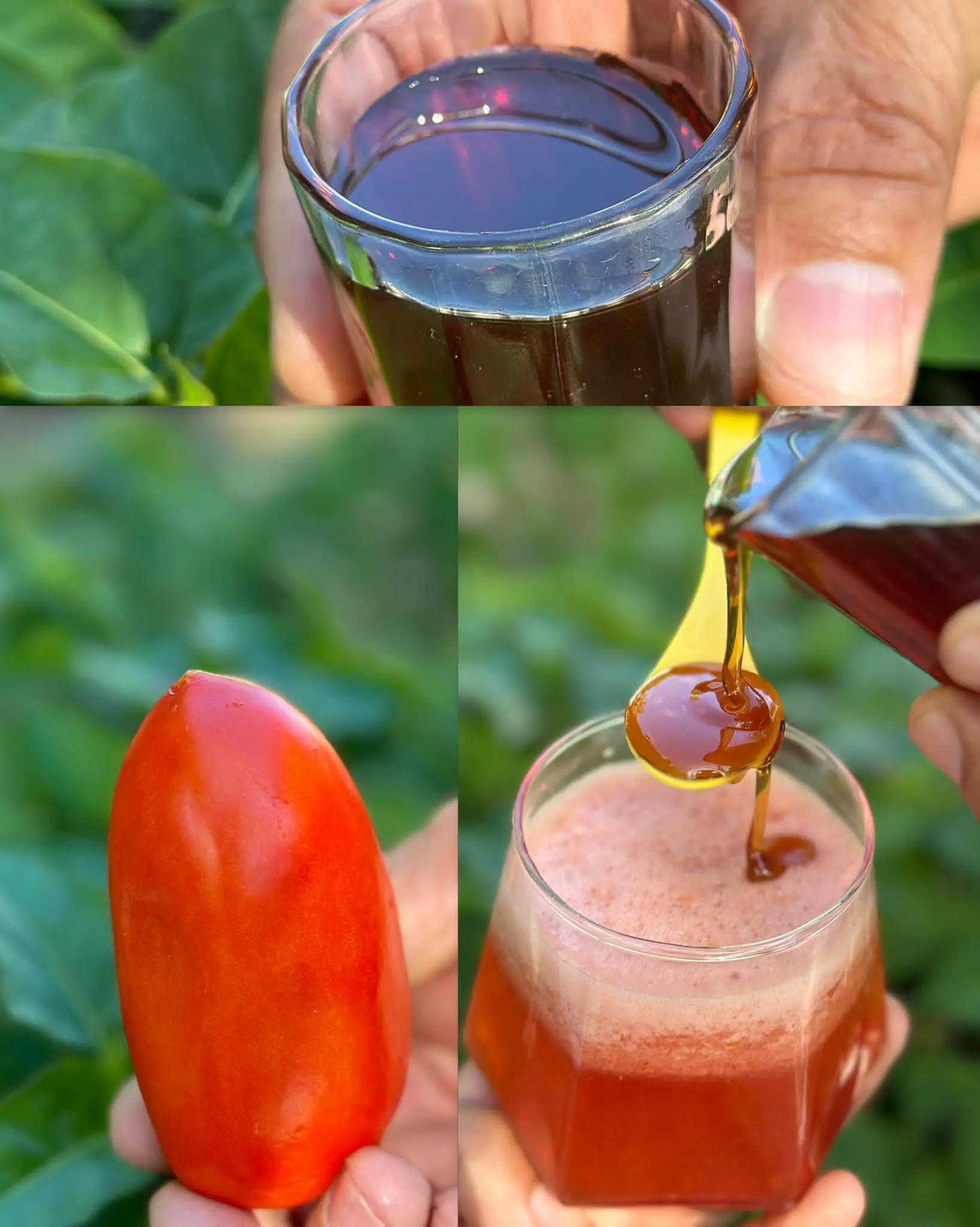
Don't take too much of it because you'll become the alpha male of all women 💥

Cheesecake Tart Recipe (Cream Cheese Tart)
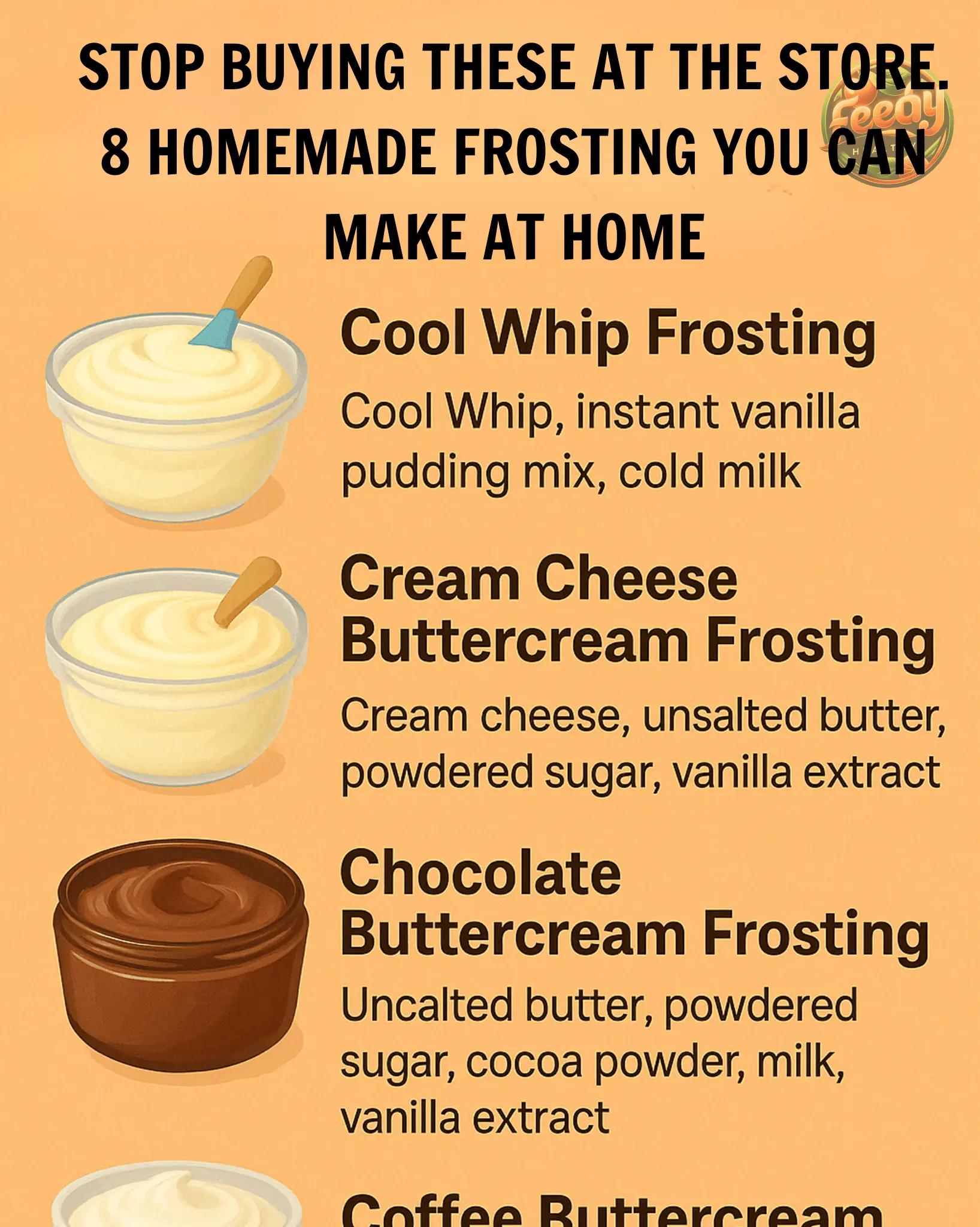
Stop buying these at the store. 8 homemade frostings you can make at home
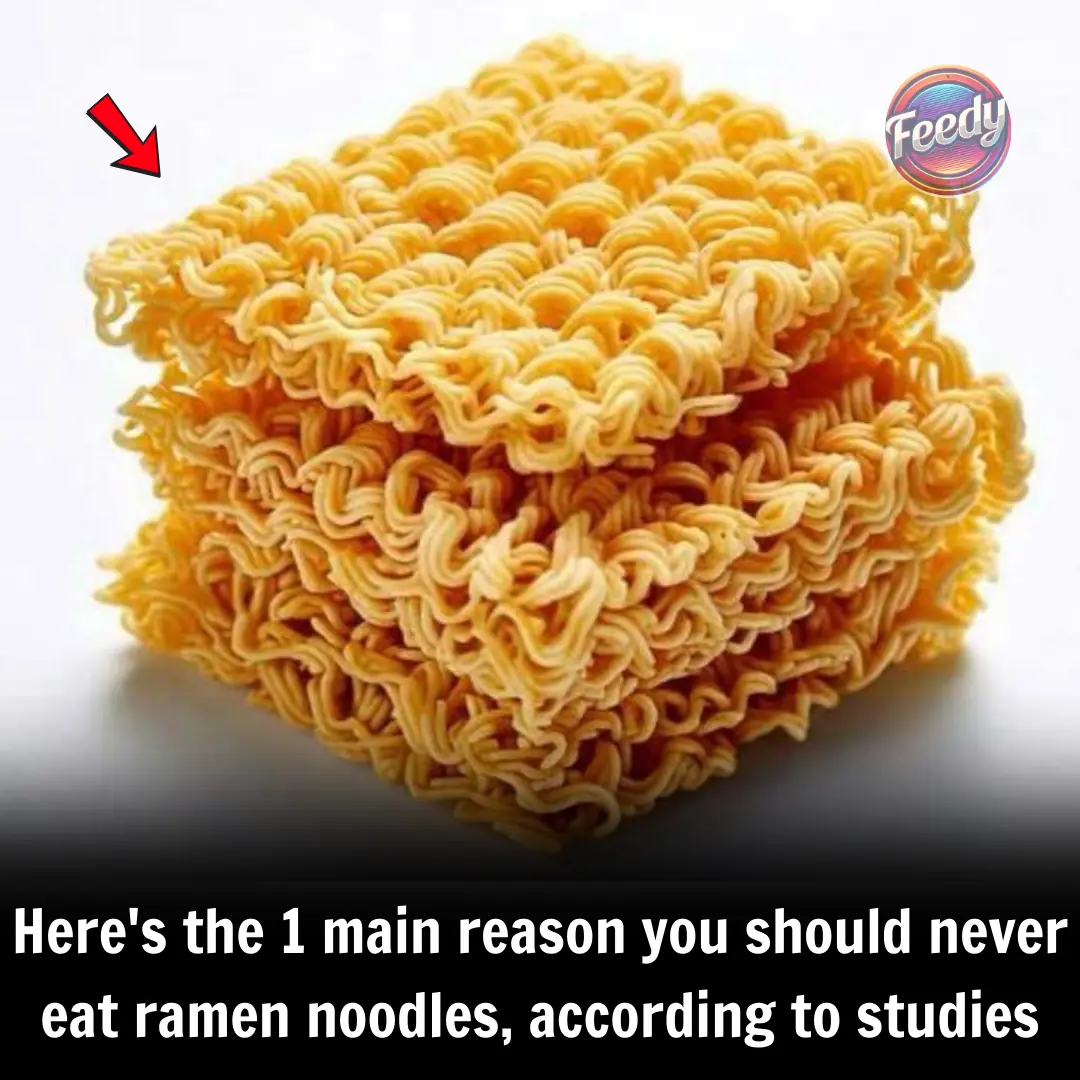
Here's the 1 main reason you should never eat ramen noodles, according to studies

No Diet Needed – Just One Cup a Day and Say Goodbye to Stubborn FAT!
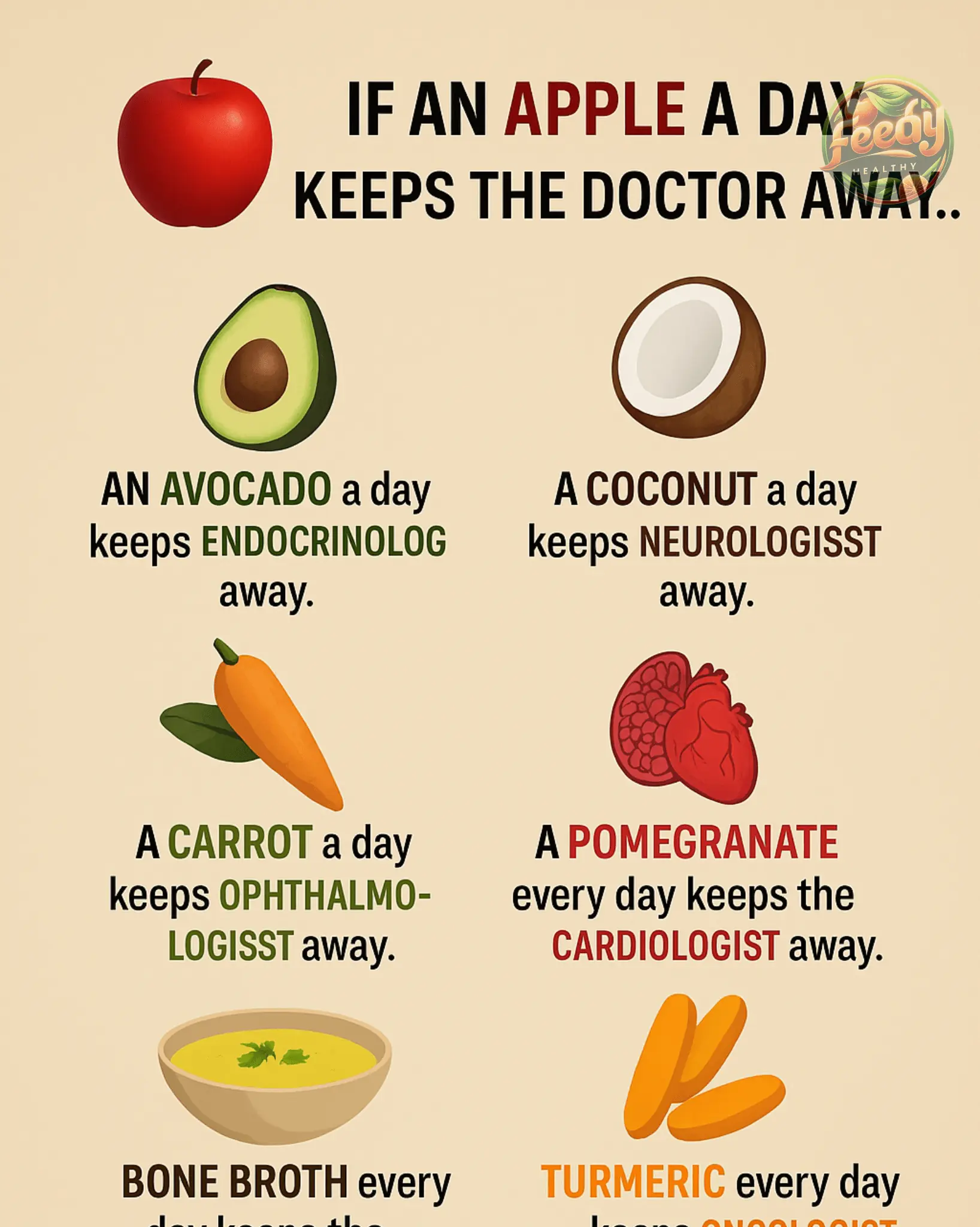
Early Detection of the ‘Cheating Gene’ to Protect Family Happiness
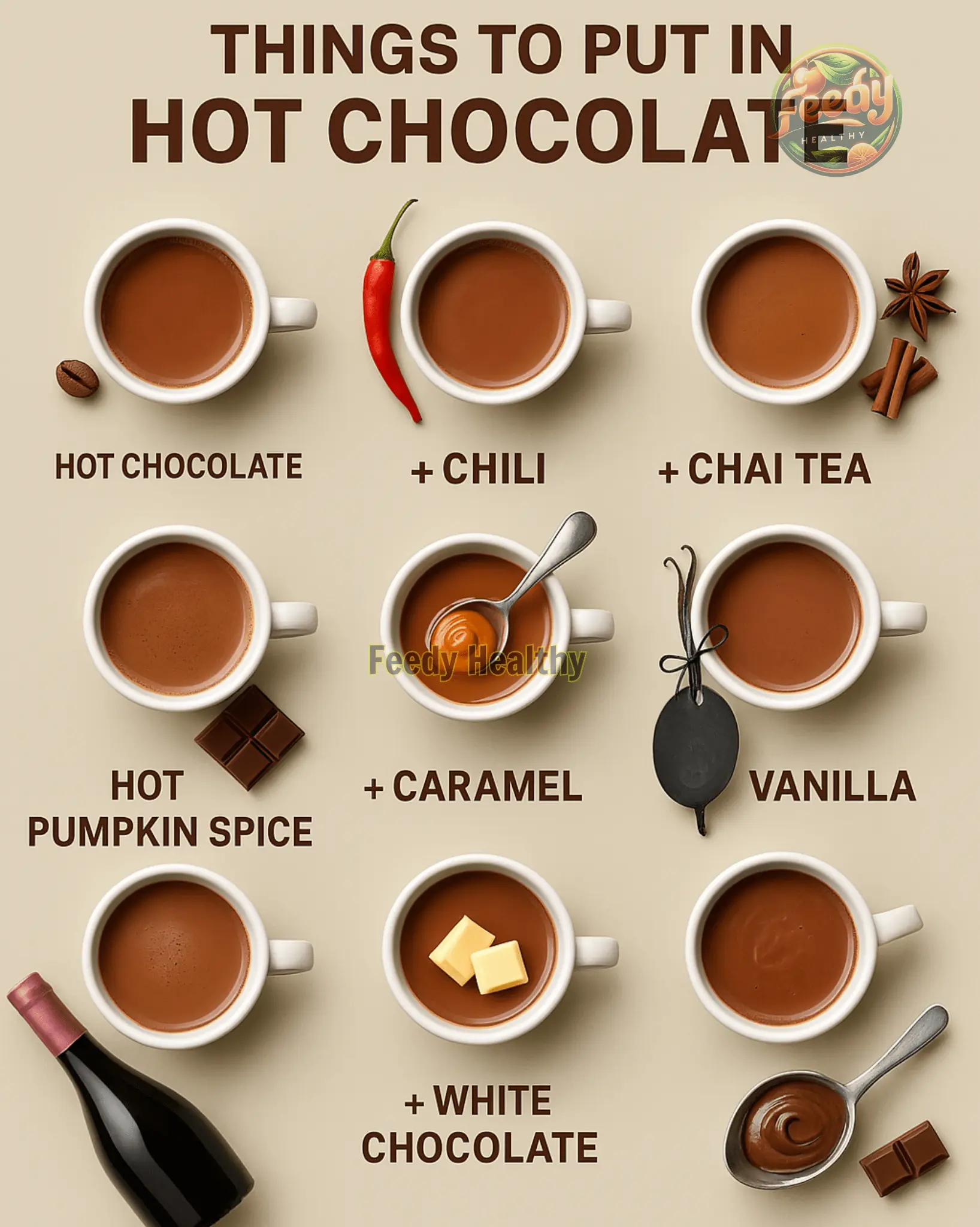
12 Delicious and Nourishing Hot Chocolate Recipes
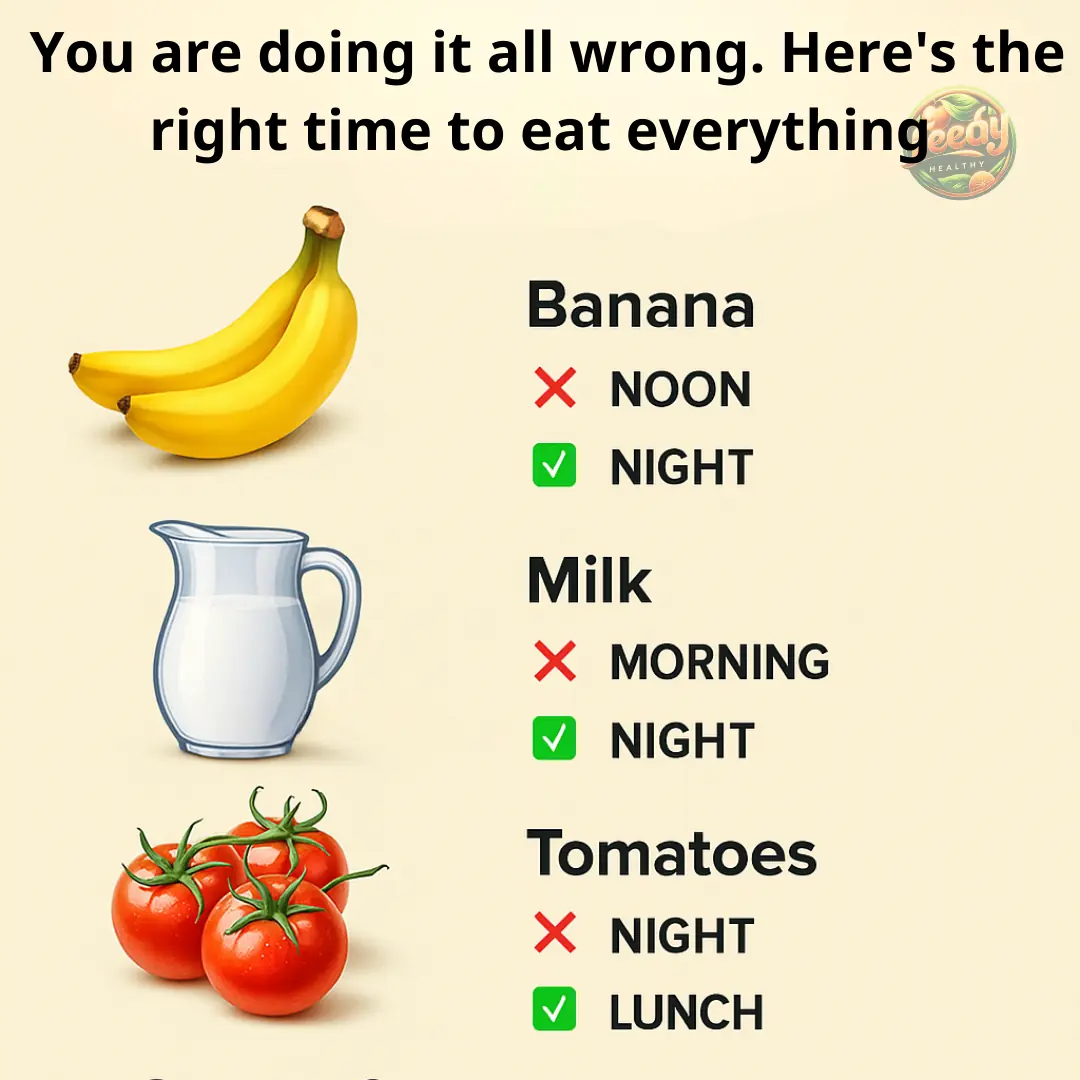
Are You Eating at the Right Time? Why When You Eat Matters as Much as What You Eat

8 Diabetes-Friendly Snacks That Won’t Spike Blood Sugar
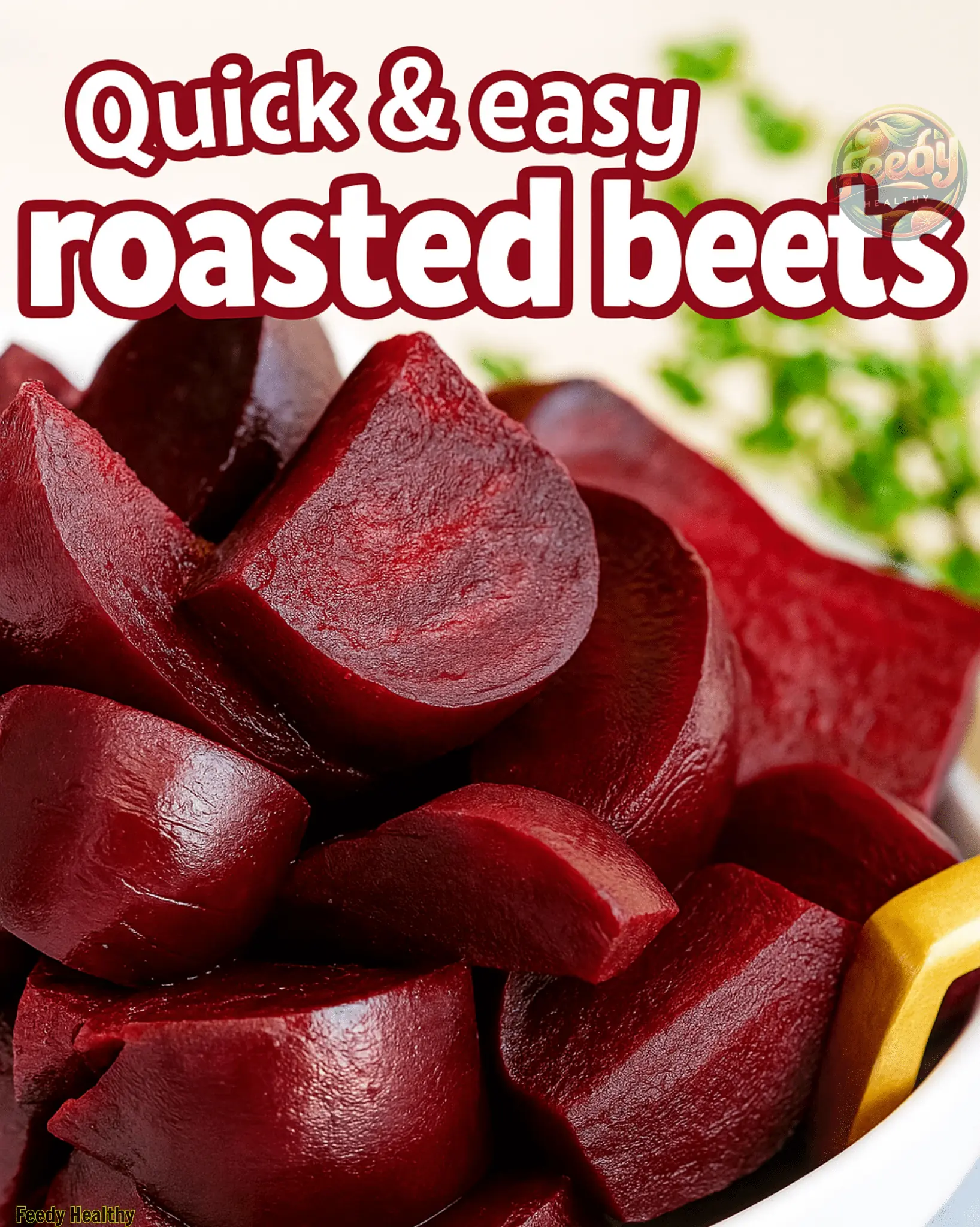
Roasted Beets (How To Roast Beets)
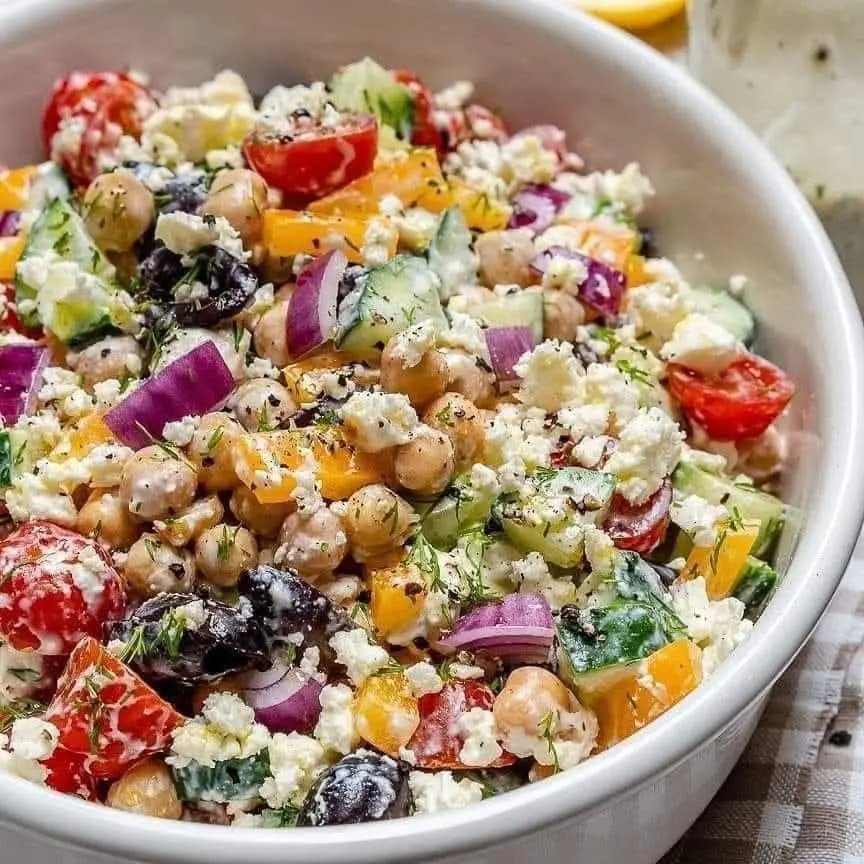
Greek Chickpea Salad + Tzatziki Dressing
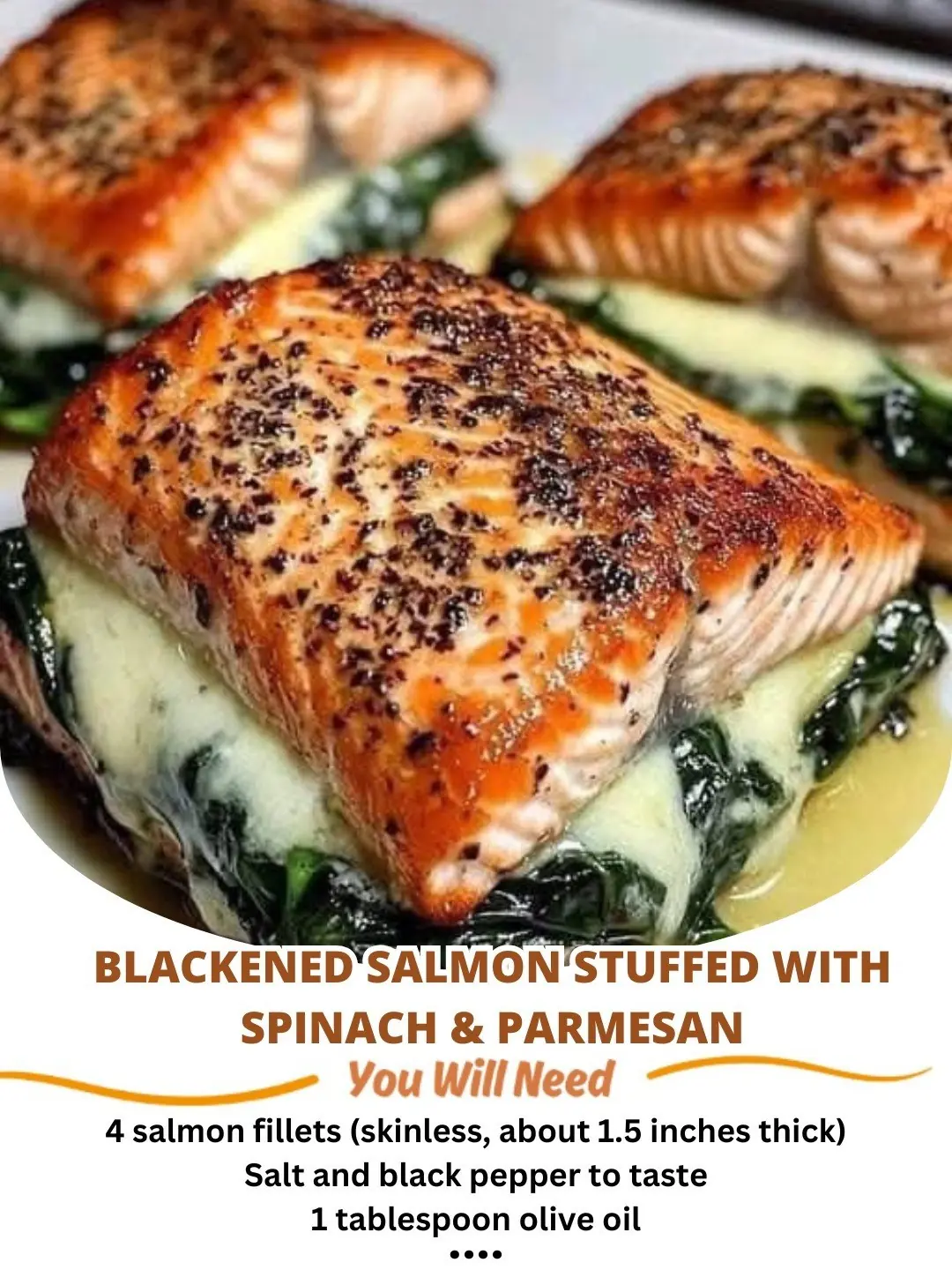
Blackened Salmon Stuffed with Spinach & Parmesan
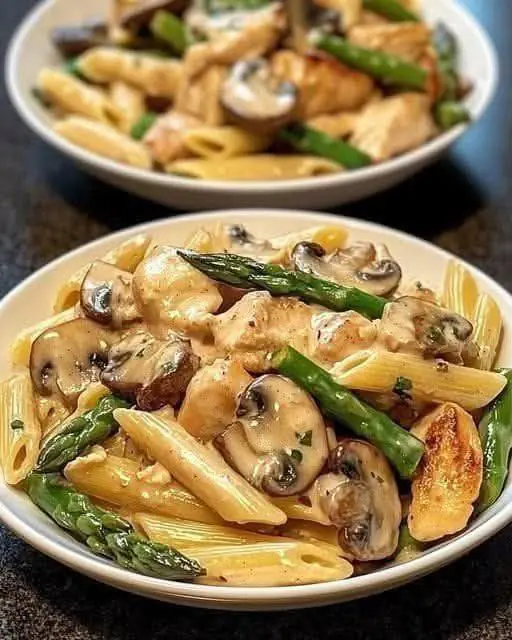
🍽️ Creamy Chicken, Mushroom & Asparagus Penne – The Ultimate Comfort Pasta! 🍄🥦🍗
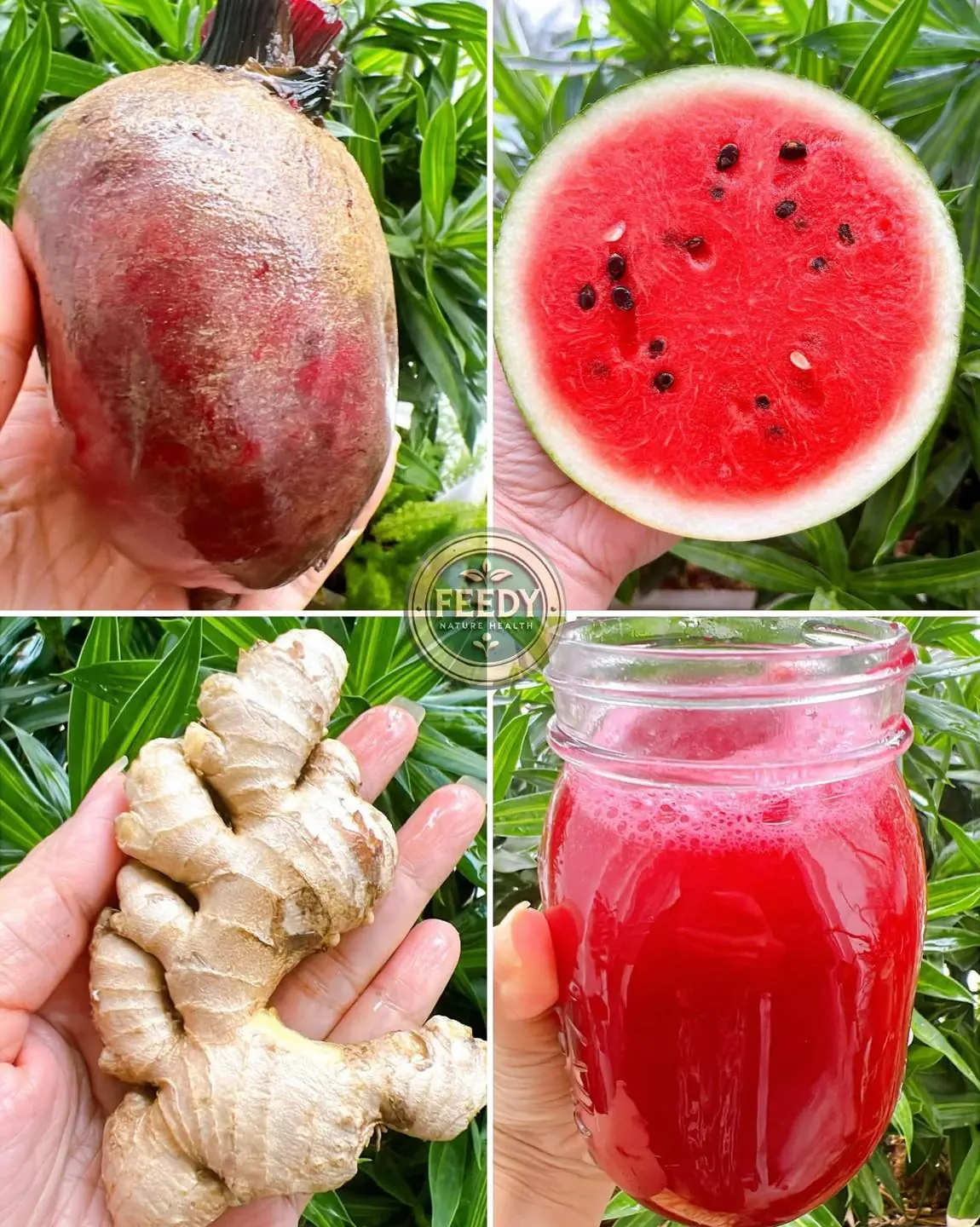
My Kidneys Were in Danger – Here’s What I Took! In Less Than 5 Minutes, You’ll Have the Solution – Try It and Heal Your Kidneys for Life!

Did You Know That Coconut Water Can Unclog Veins, Eliminate Kidney Stones, and Even Help with Diabetes and Asthma?
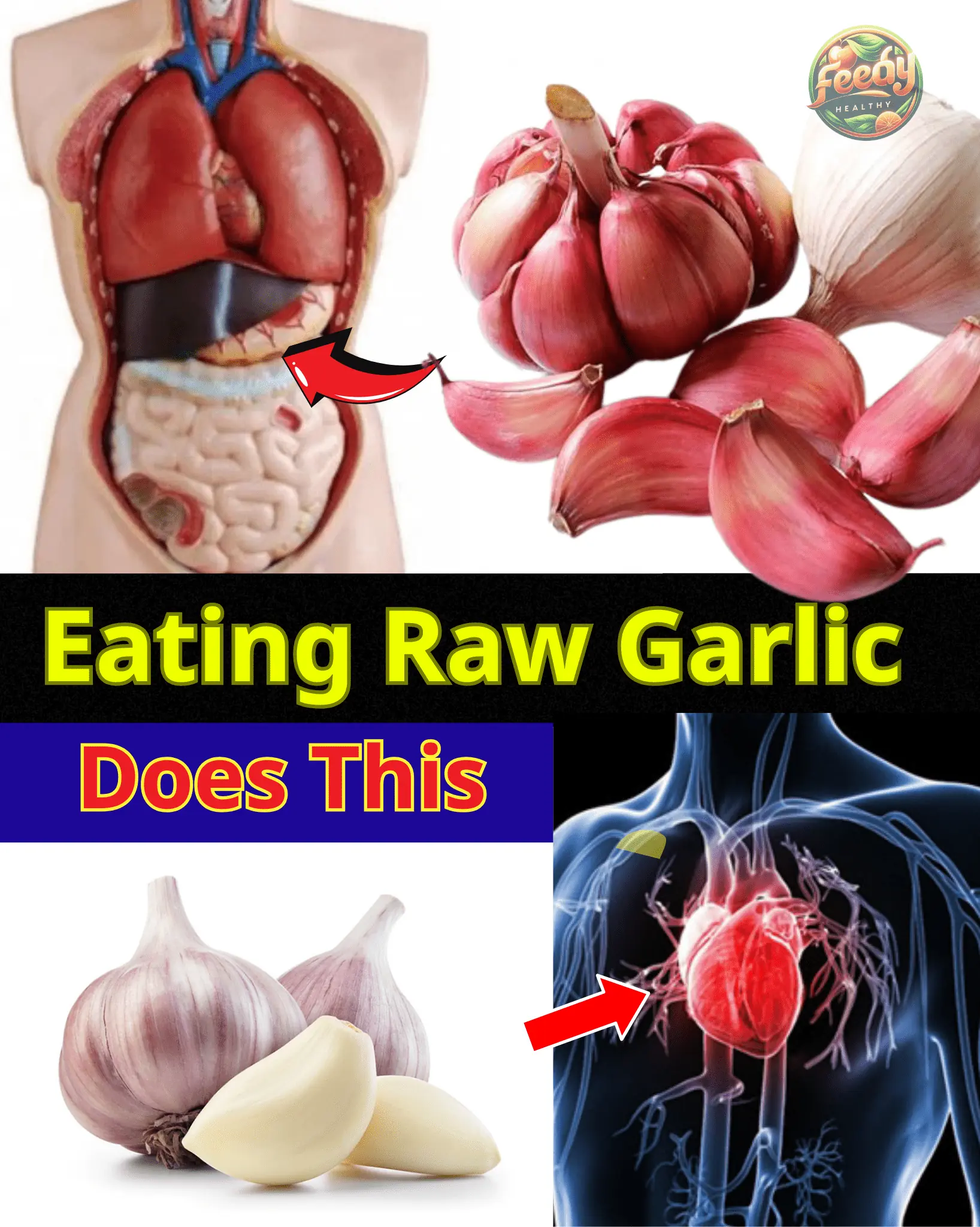
The Nightly Benefits of Eating Raw Garlic Before Bed
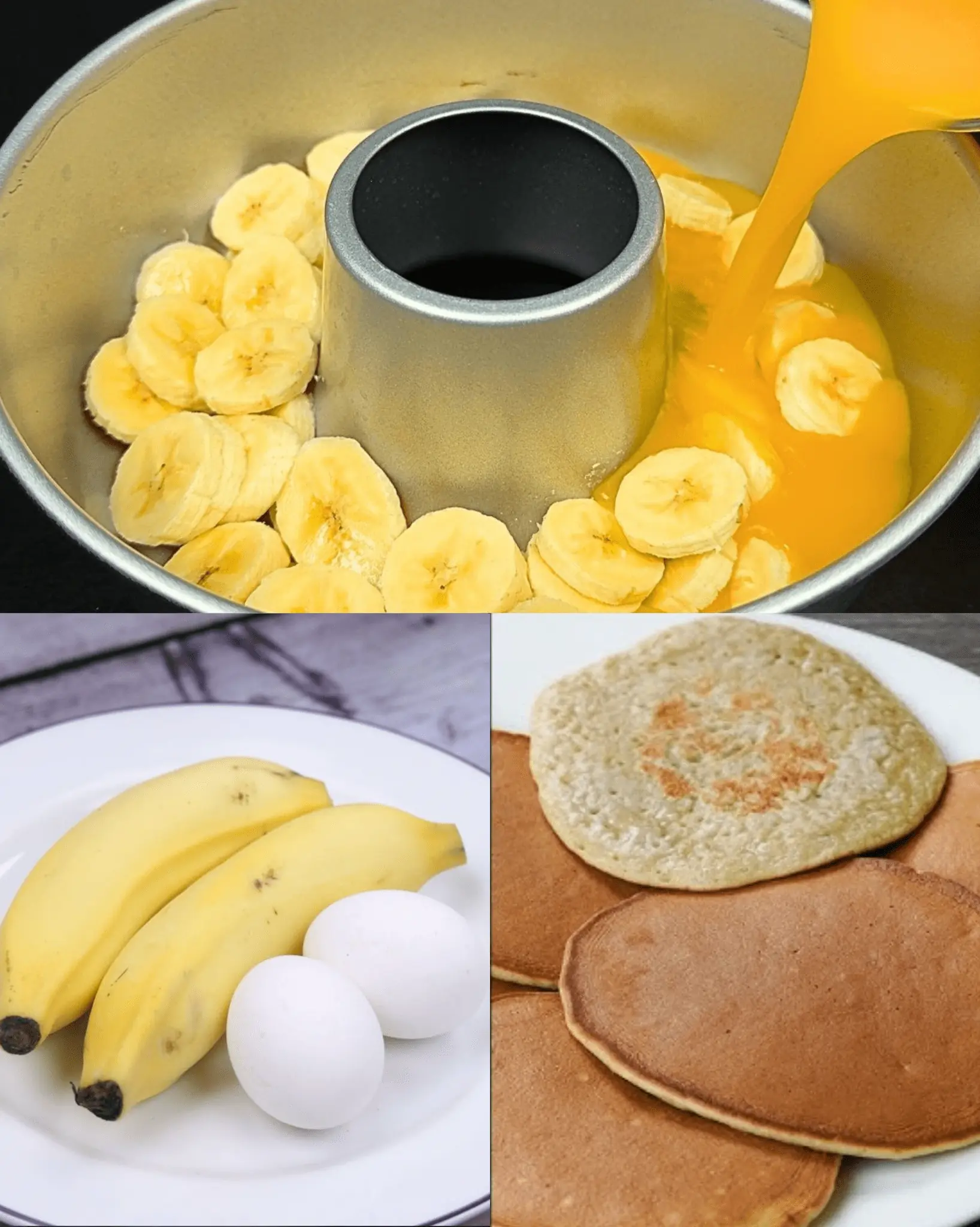
Citrus Banana Bliss: A 5-Minute No-Bake Delight 🍌🍊

Rotisserie Chicken Mushroom Soup: A Creamy, Comforting Delight! 🍗🍄
News Post

Mix Baking Soda with Lemon: 8 Surprising Benefits Every Woman Should Know

The Best Morning and Evening Tea: 6 Health Benefits of Garlic, Turmeric, Onion, Ginger, Cinnamon, and Guava Leaf for Seniors
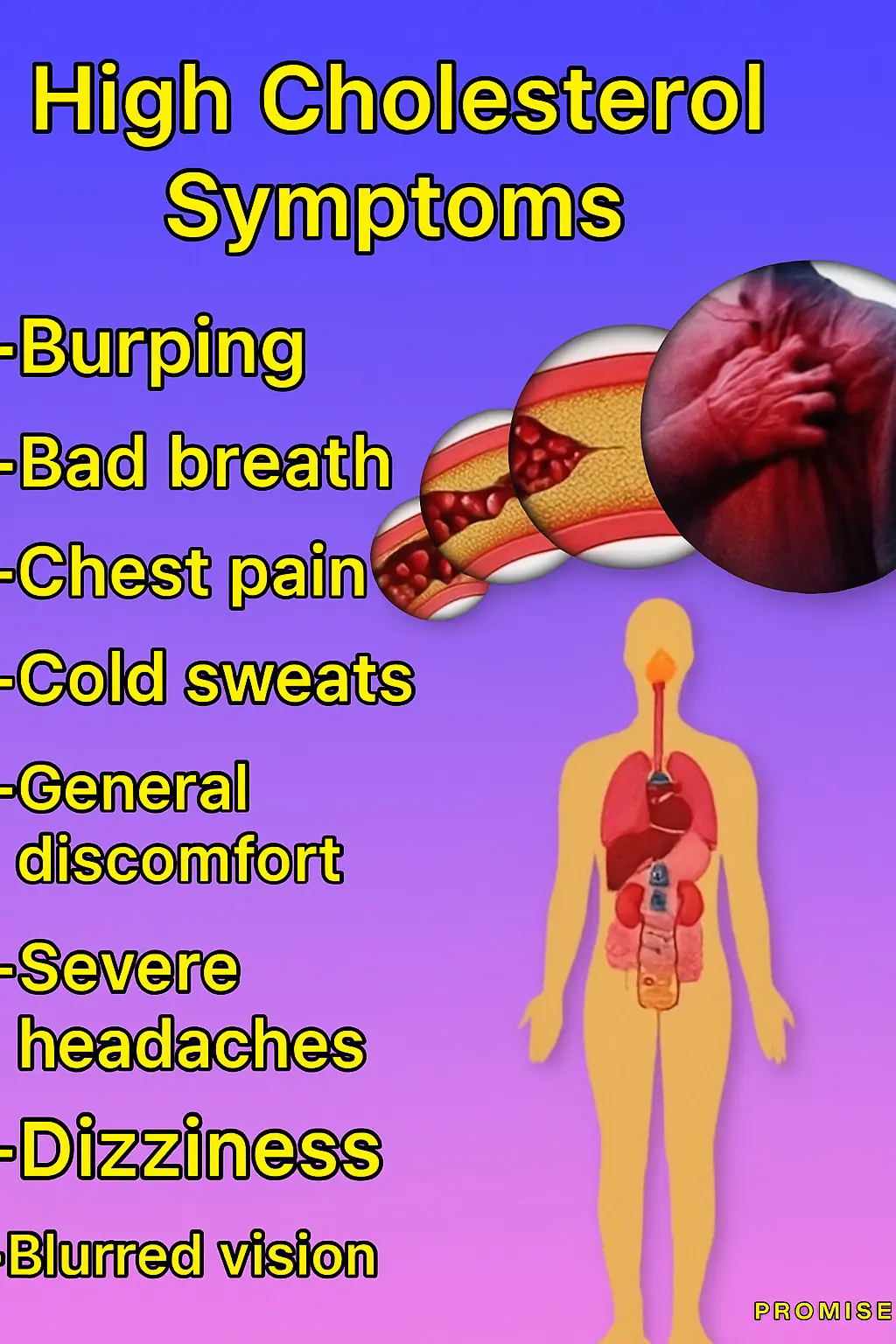
High Cholesterol Symptoms (and High Triglycerides)
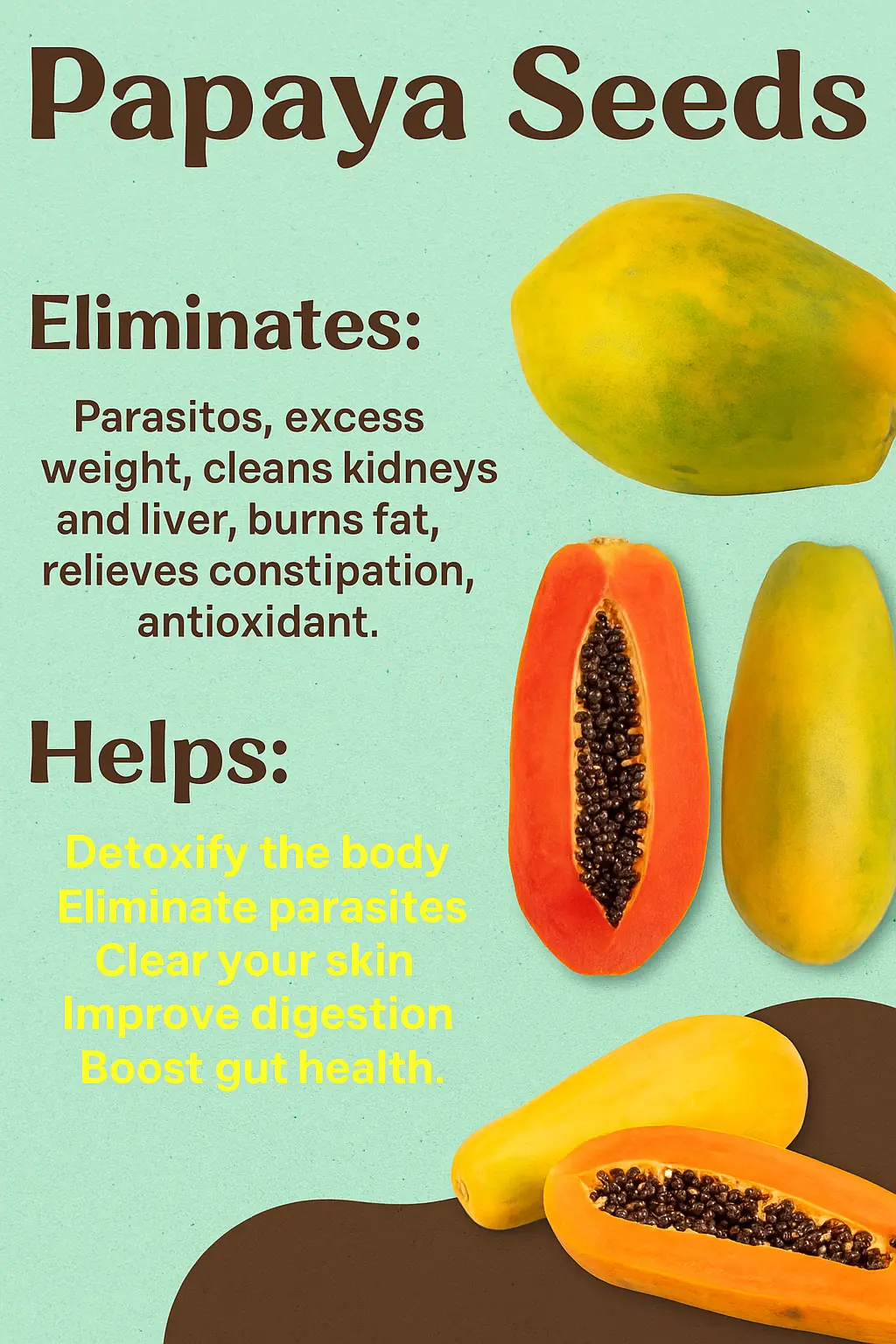
Papaya Seeds: Health Benefits and How to Use Them

Benefits of olive oil 😱😱
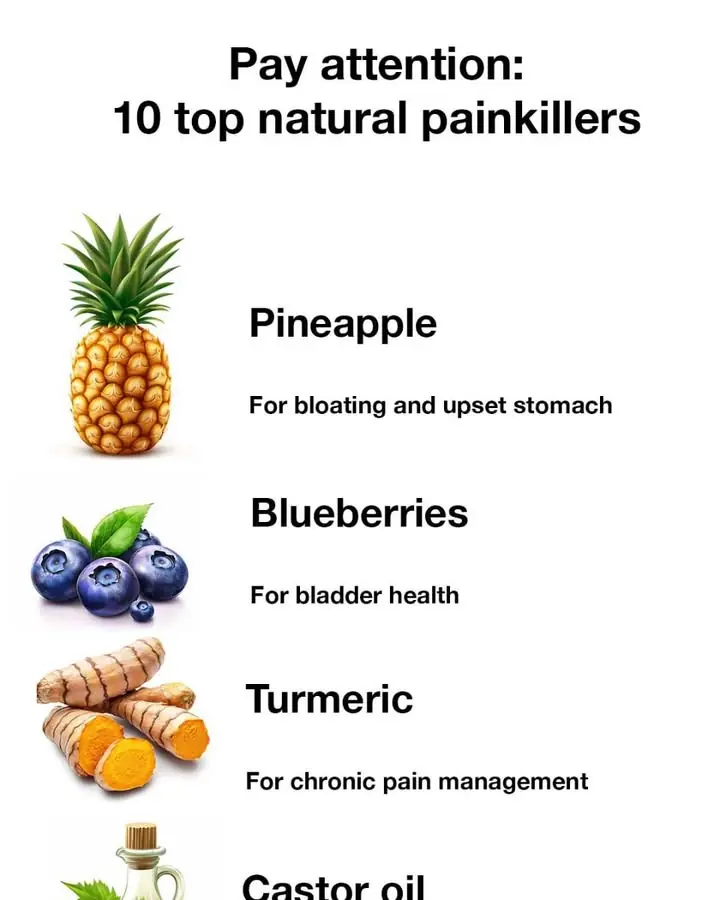
10 top natural painkillers
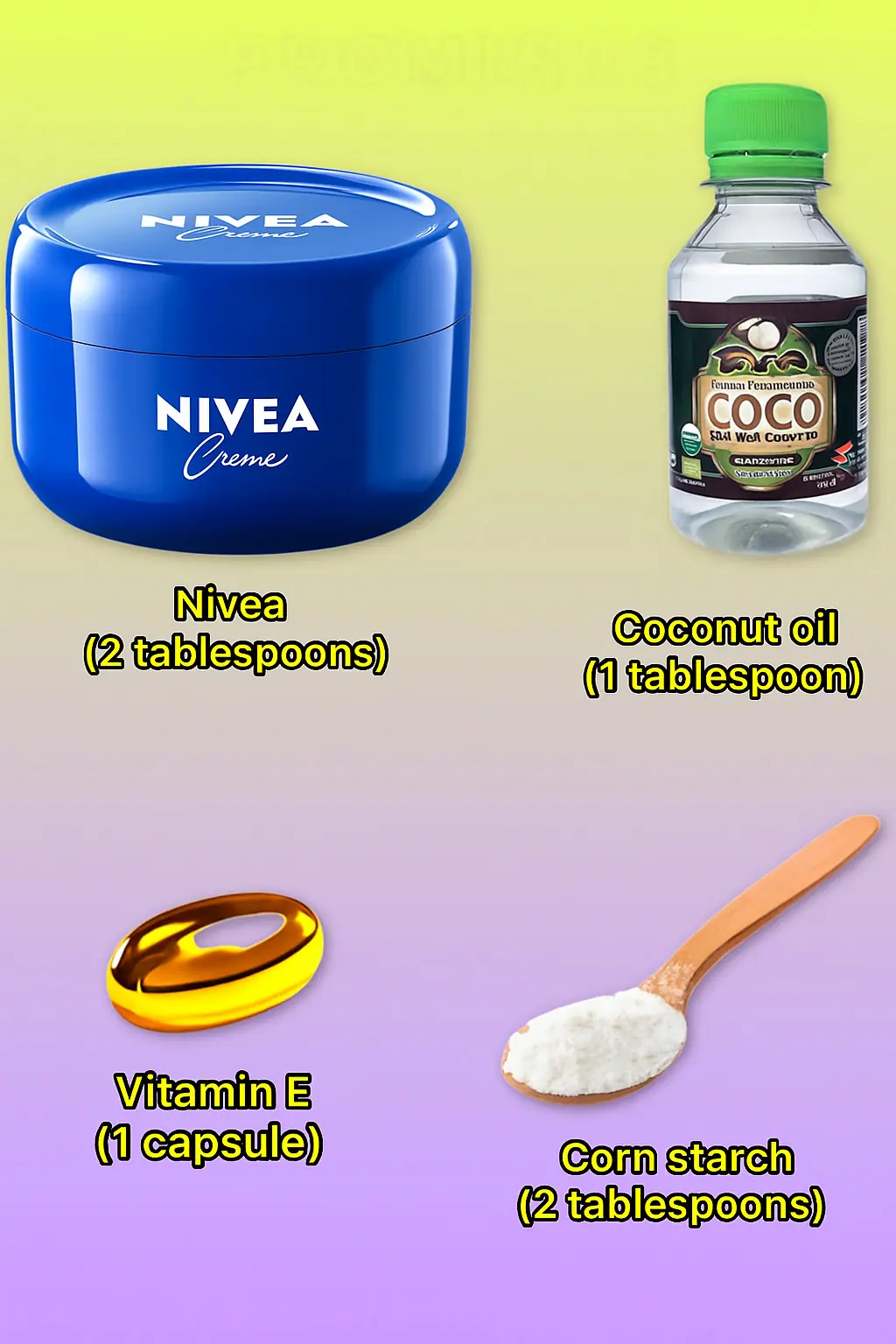
Homemade Anti-Wrinkle Cream with Nivea, Coconut Oil, and Cornstarch
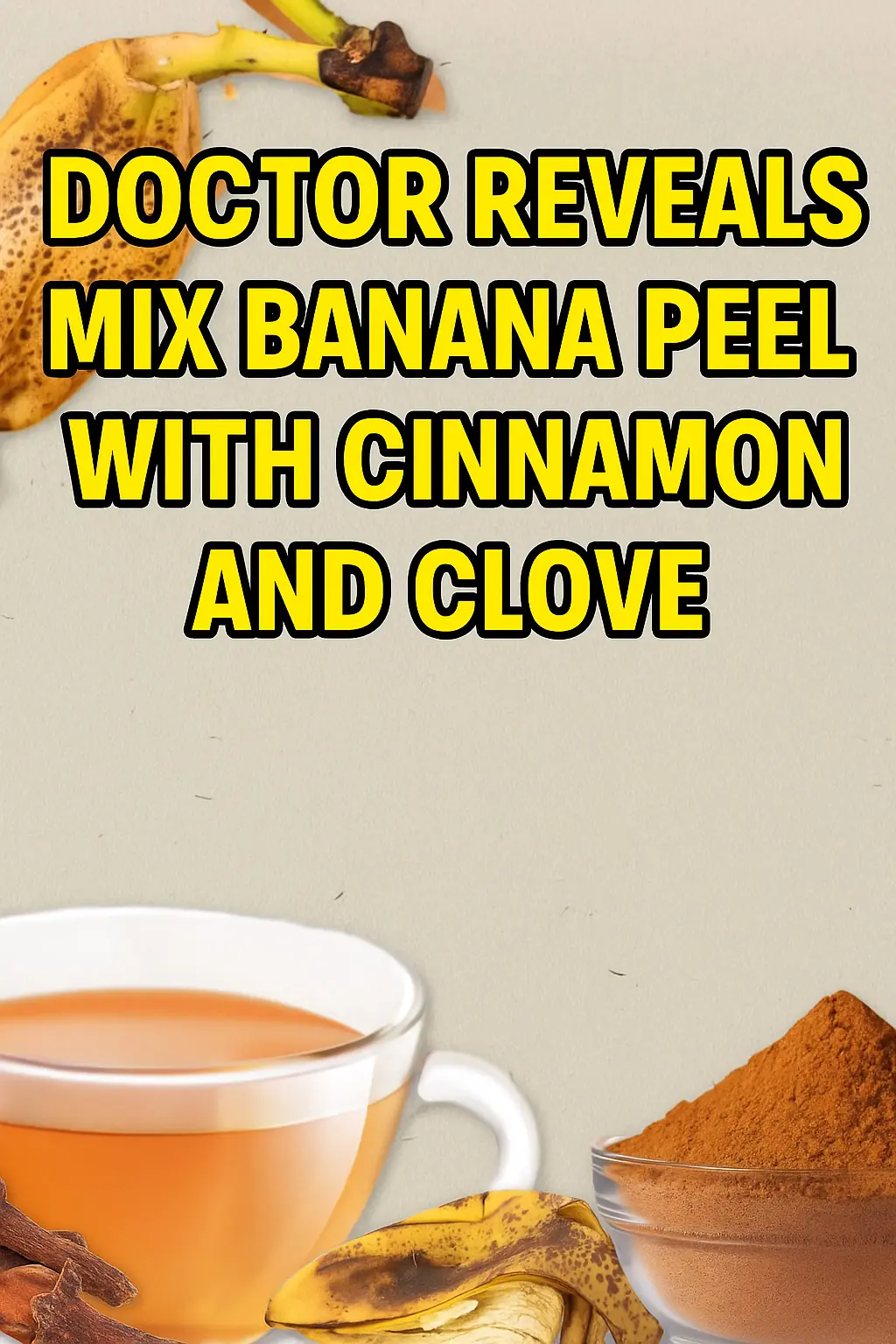
Doctor Reveals: Mix Banana Peel with Cinnamon and Cloves

PINEAPPLE – A NATURAL REMEDY FOR STROKE PREVENTION & LIVER-KIDNEY DETOX

This 2025 Herbal Elixir Is Emptying Hospitals—What’s Behind the Craze?

Homemade Butter Pecan Ice Cream
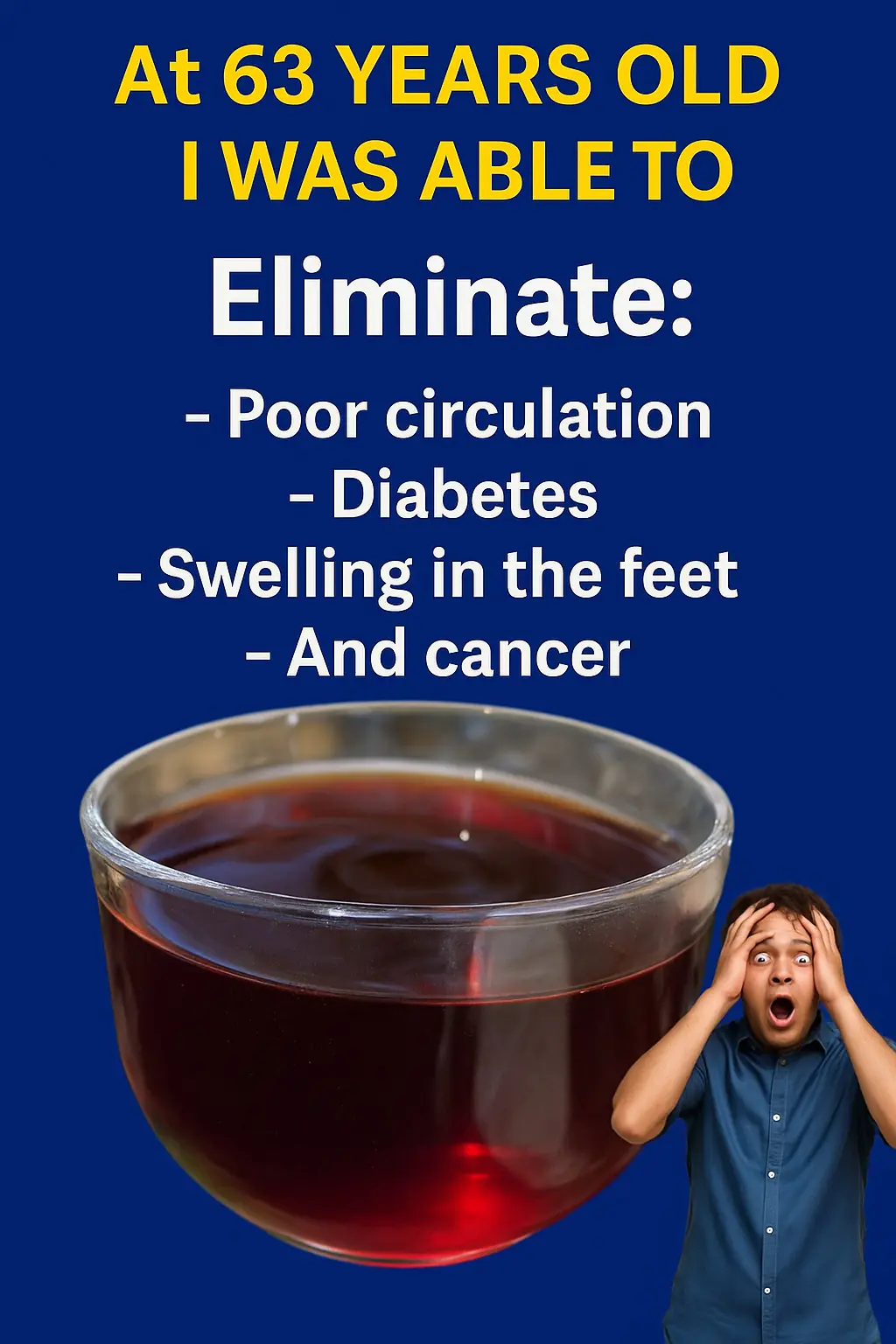
At 63 Years Old, I Eliminated Poor Circulation, Diabetes, Swollen Feet, and Even Cancer

Peppermint (Mint) and Rosemary: A Powerful Herbal Infusion for Wellness
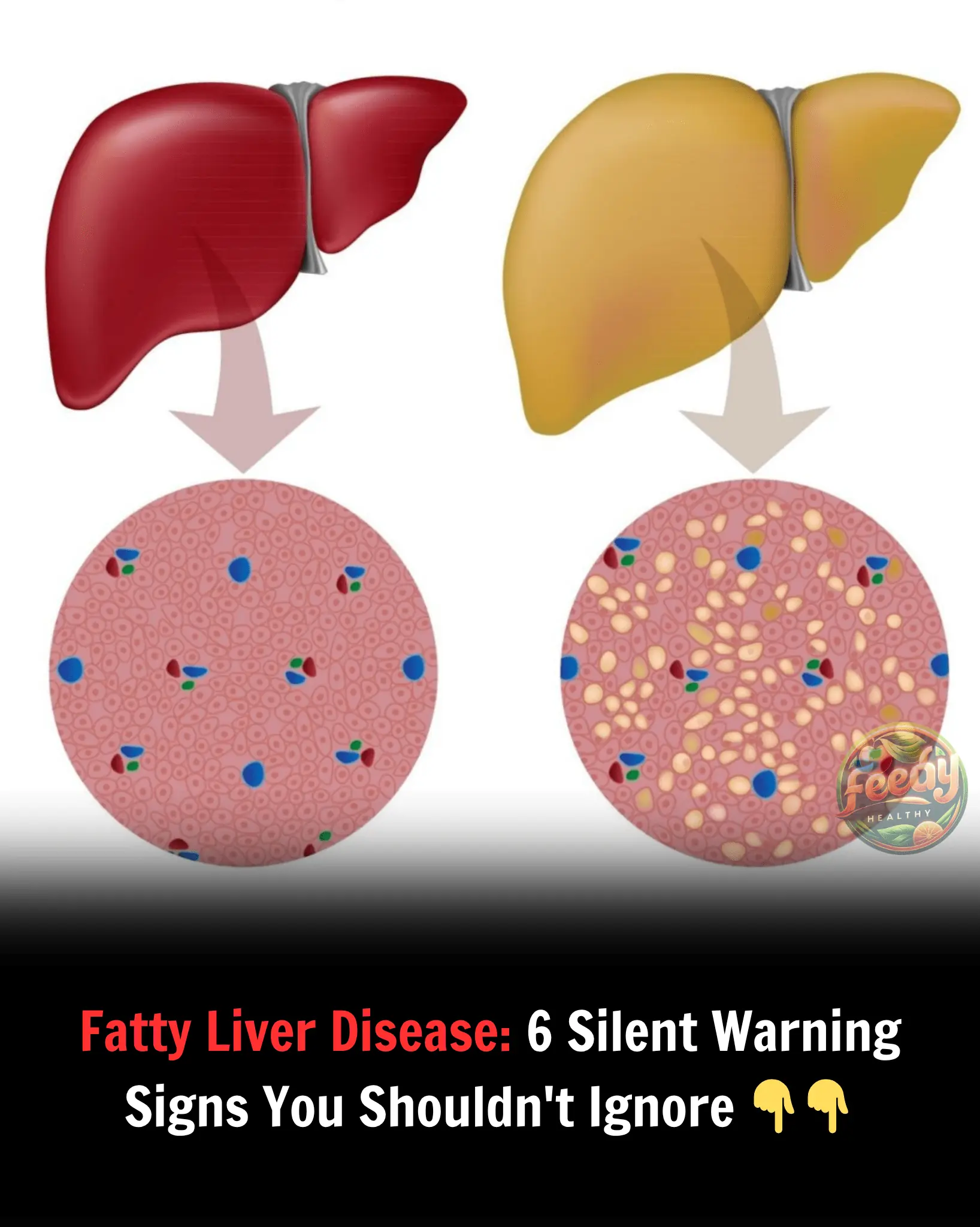
Fatty Liver Disease: 6 Silent Warning Signs You Shouldn't Ignore 👇👇

Milk Thistle (Silybum marianum): A Powerful Medicinal Herb for Liver Health and More
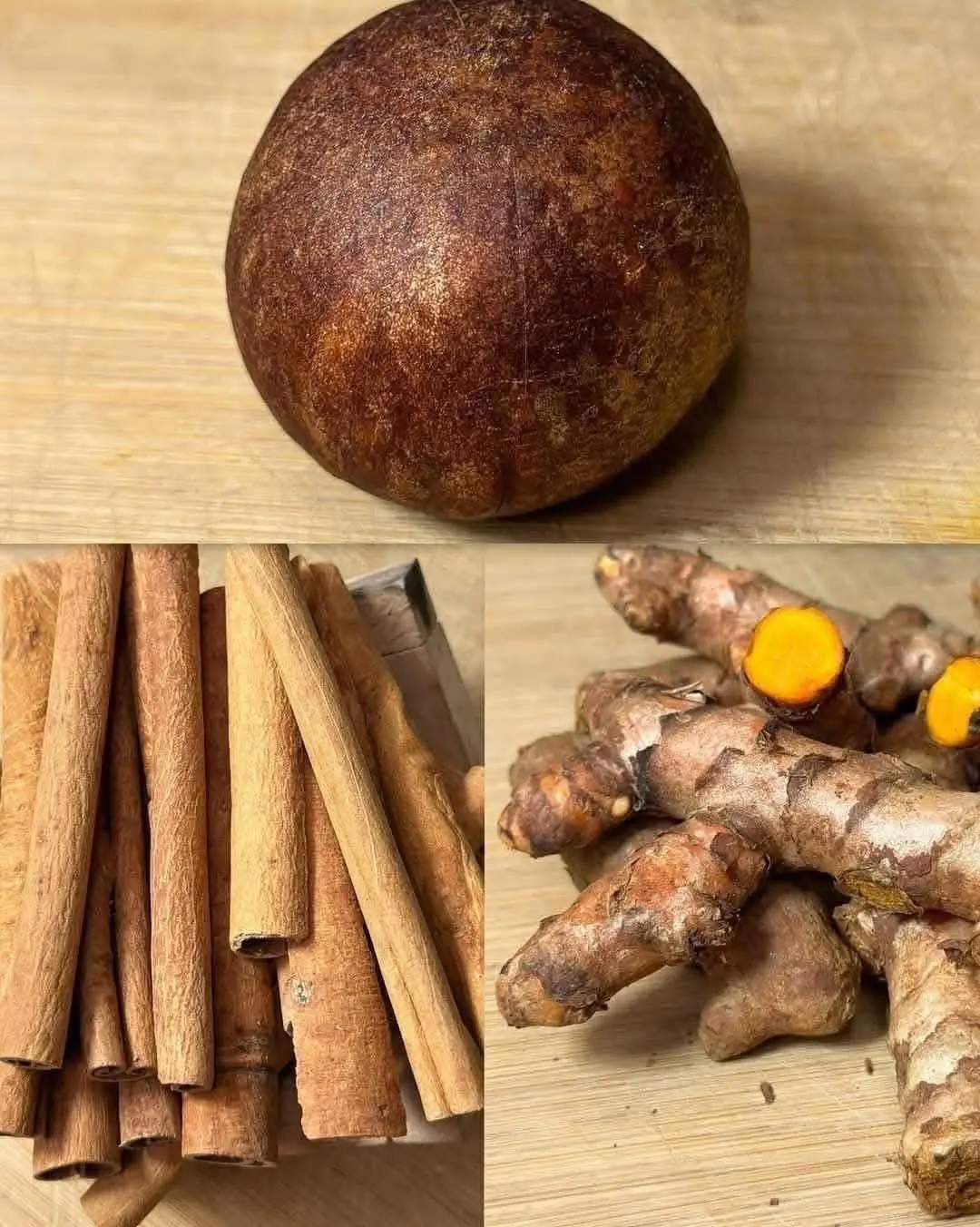
Drink avocado seed tea with turmeric and cinnamon 🥑
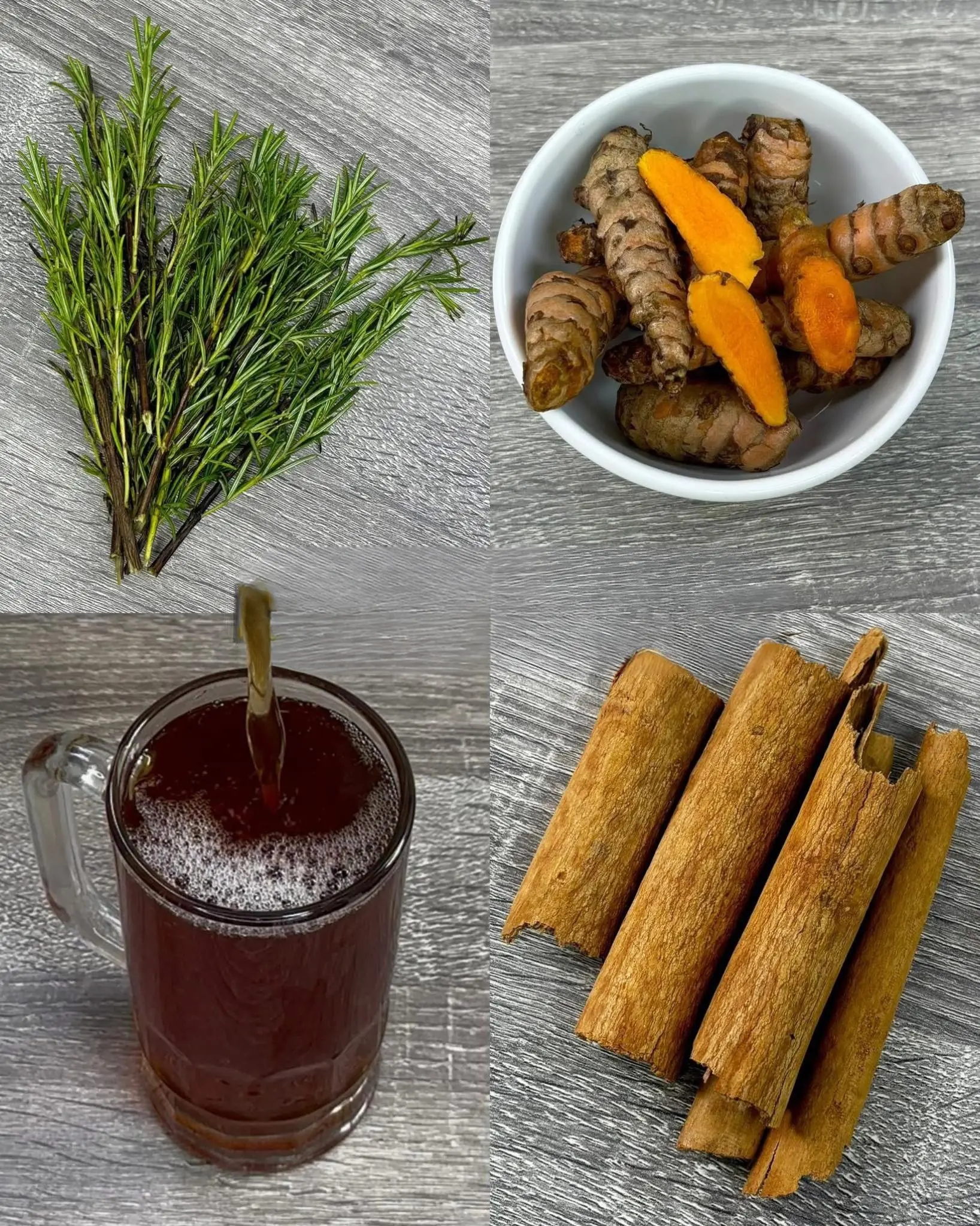
They Call It the “Blood Sugar Remover” – A Natural Remedy Passed Down for Over 100 Years
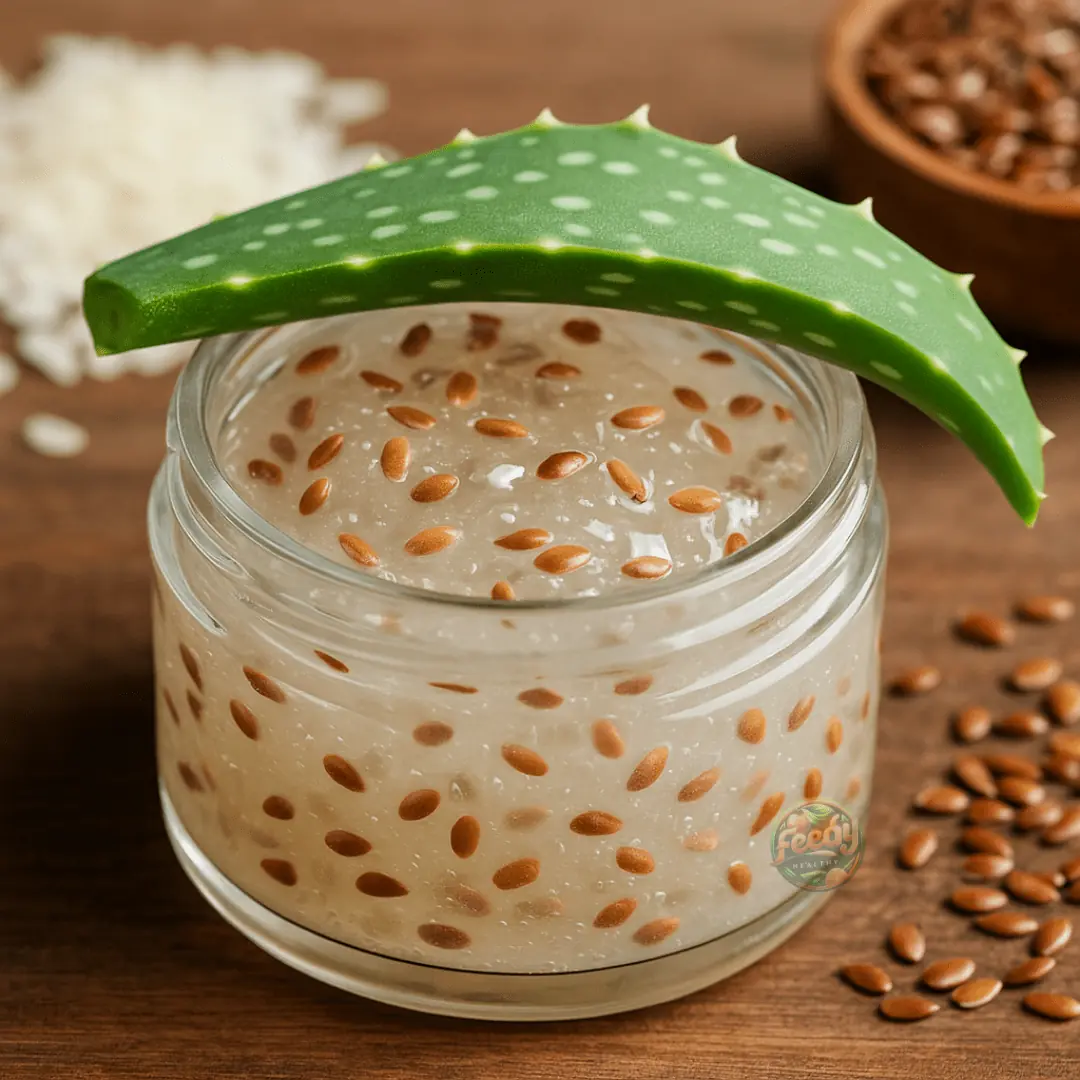
Rice Flaxseed Gel For Youthful & Glowing Skin
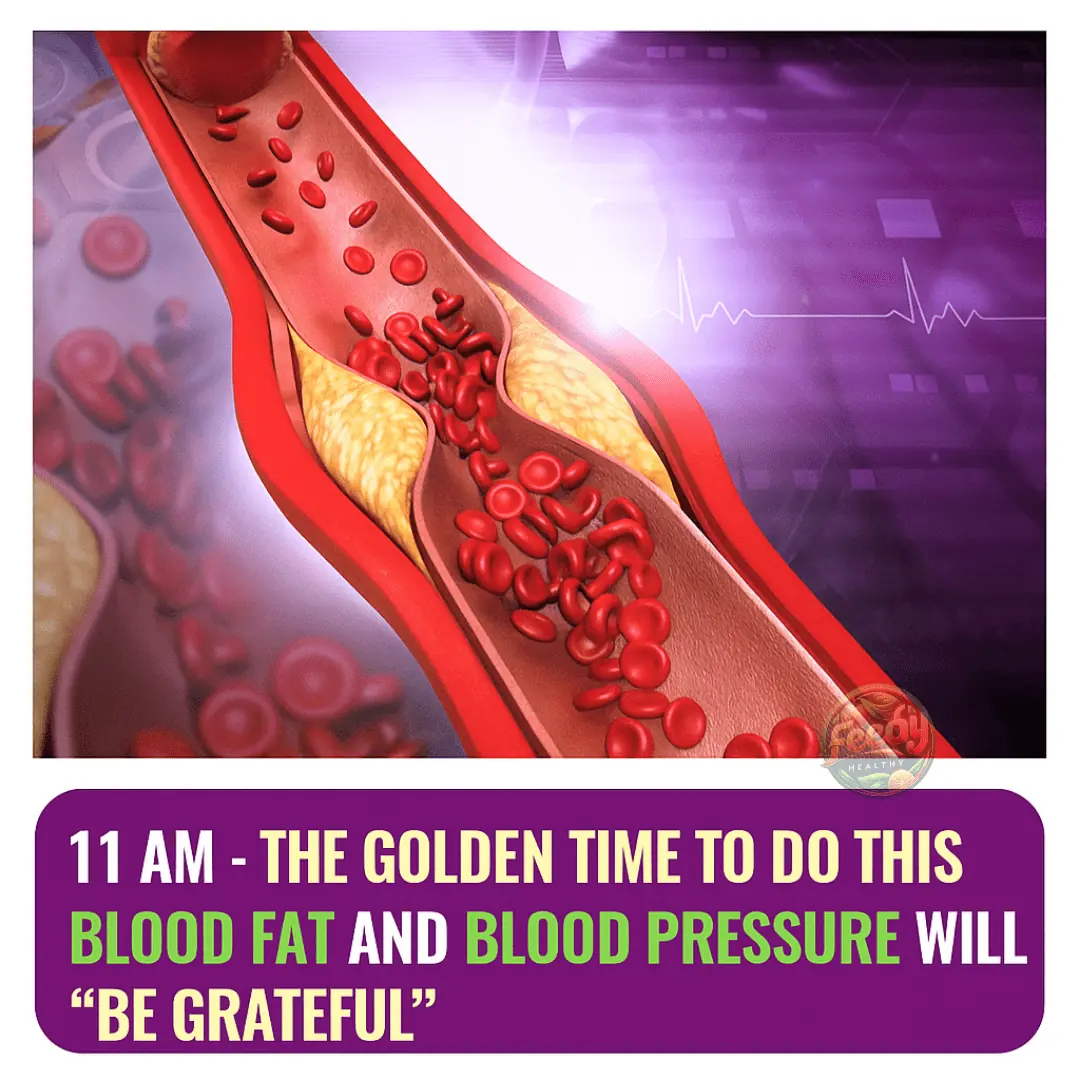
11 AM – THE GOLDEN HOUR WHEN YOUR BLOOD FAT AND BLOOD PRESSURE WILL “BE GRATEFUL” IF YOU REMEMBER TO DO THIS ONE SIMPLE THING…
